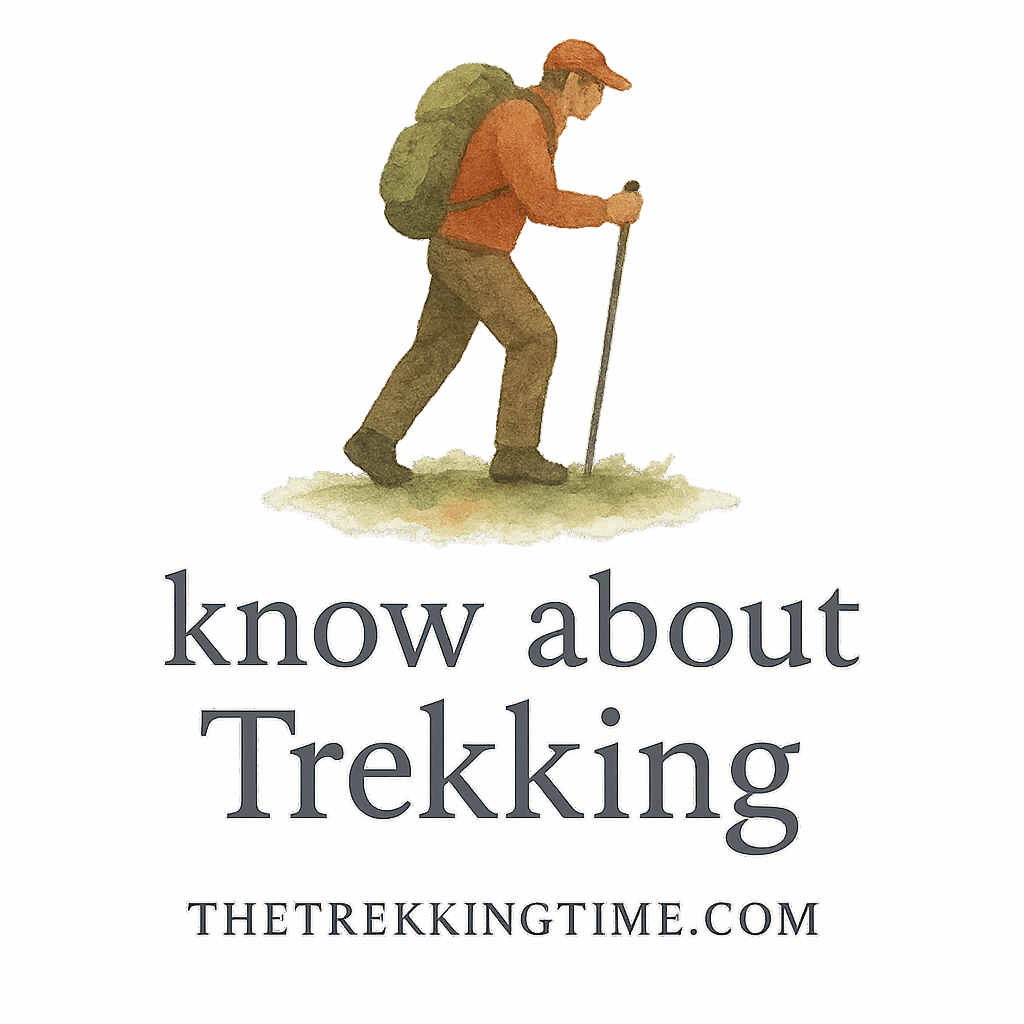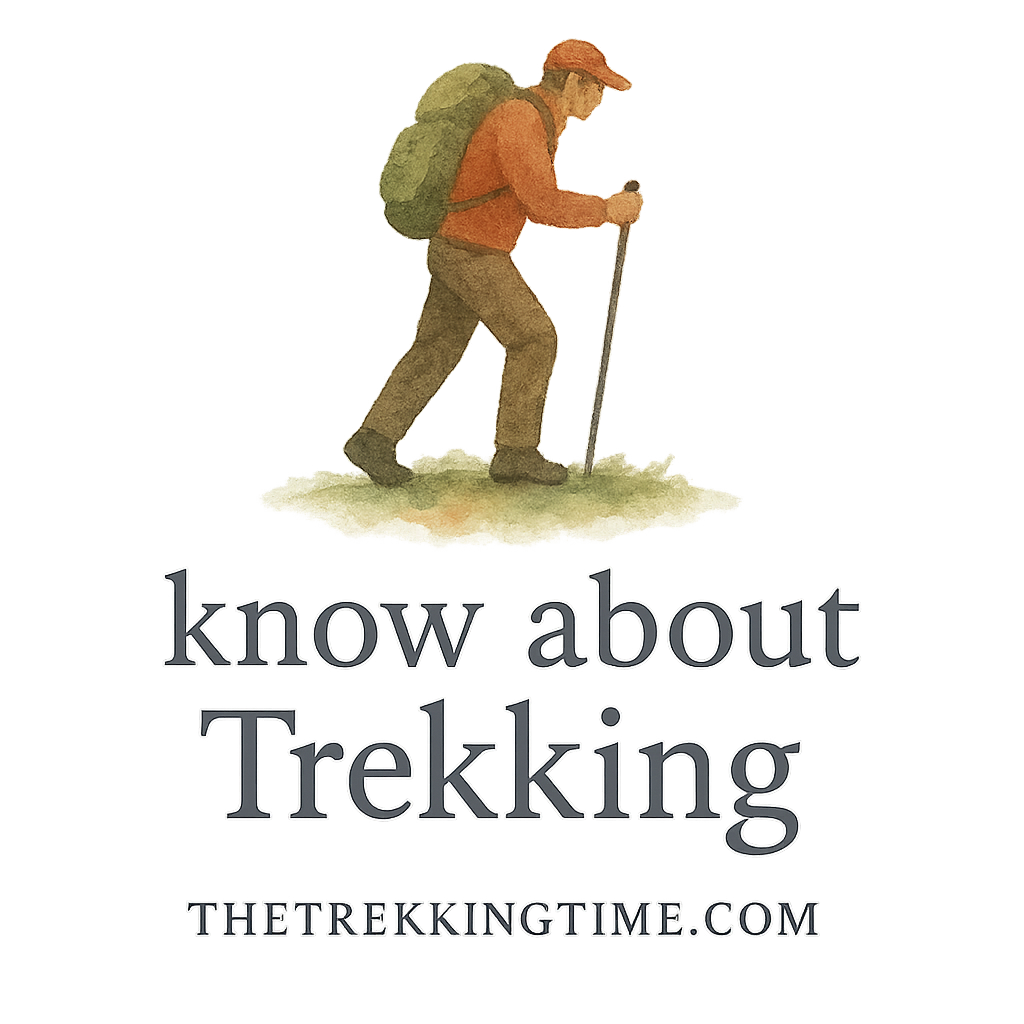If you’ve ever felt like a pack mule halfway up a mountain, this one’s for you. Let’s be real—overpacking is a rookie mistake that even seasoned trekkers fall victim to. The good news? You don’t have to choose between comfort and cutting weight. In this guide, I’ll walk you through 7 lightweight trekking gear essentials that save both space and weight without compromising on performance.
Whether you’re heading into the Himalayas or doing a weekend loop in your local mountains, going light means going smart.
Why Lightweight Gear Matters
The Burden of Overpacking
Ever tried trekking with 40 pounds on your back? It’s not just tiring—it can be dangerous. Heavy loads increase your risk of injury, reduce your pace, and zap your energy faster than a phone on 2% battery.
The Benefits of Minimalist Trekking
Lightweight gear offers freedom. You move faster, feel better, and enjoy the trail more. Plus, your joints will thank you later. Lightweight doesn’t mean less functional—it means more efficient.
Check out the basics of trekking preparation if you’re just starting out.
Key Factors When Choosing Lightweight Trekking Gear
Durability vs. Weight
Going ultralight is great—until your gear fails. Always look for that sweet spot between weight savings and durability.
Multipurpose Functionality
Can your gear serve more than one purpose? A poncho that doubles as a tarp? That’s a win. Multitasking gear means fewer items in your pack.
Compactness and Packability
If it can’t compress down small, it’s taking up precious room. The best gear folds, rolls, or collapses into tight spaces.
1. Ultralight Backpack
Your pack is the foundation of your gear setup. It’s the item that holds everything else, so choosing the right one is crucial.
Features to Look For
Frame or Frameless
Frameless packs are lighter but require disciplined packing to maintain structure. Framed packs offer more support, especially on longer treks.
Material and Capacity
Look for materials like Dyneema or Robic Nylon. They’re feather-light yet tough. A 40-50L pack is ideal for most minimalist trekkers.
Read about gear packing strategies on Trekking Gear & Packing.
2. Lightweight Tent or Shelter
Your shelter doesn’t need to weigh more than a watermelon. Seriously.
Best Ultralight Tent Options
Single Wall vs. Double Wall
Single-wall tents are lighter but can cause condensation. Double-wall tents offer more ventilation but weigh a tad more.
Trekking Pole Supported Shelters
These eliminate the need for tent poles altogether. Genius, right? It’s weight saving without sacrificing stability.
3. Compact Sleeping System
A good night’s sleep is priceless—especially when you’ve been on your feet for 10 hours.
Sleeping Bag or Quilt?
Quilts are open-bottom sleeping bags that ditch zippers and hoods to save weight. Perfect for 3-season trekking.
Inflatable Sleeping Pads
Forget foam rolls. Modern inflatable pads are light, warm, and pack to the size of a soda can.

4. Lightweight Cooking Gear
If you eat dehydrated meals or cold soak, there’s no need to haul a full kitchen.
Titanium Cookware & Minimalist Stoves
Titanium pots are light, durable, and can double as a bowl. Pair it with a tiny canister stove or alcohol burner.
Cold-Soaking Meals Option
Want to save even more weight? Cold-soaking oats, ramen, or couscous cuts the stove out entirely.
Learn more about trekking nutrition and energy.
5. Ultralight Clothing Layers
Clothes don’t have to be bulky to keep you warm and dry.
Quick-Dry and Multi-Use Apparel
Choose clothing made from Merino wool or synthetic blends. They wick moisture, dry fast, and don’t smell after three days.
Thermal Layering for Cold Treks
Pack one solid insulating layer. Think down or synthetic puffy jackets—they compress to almost nothing and weigh next to nothing.
6. Trekking Poles with Built-In Features
Trekking poles aren’t just for support—they can replace shelter poles and double as monopods for your camera.
Poles That Double as Tent Support
Some models are designed to support shelters. One item, two uses. That’s how you cut down your load.
Explore more trekking safety tips before you head out.
7. Minimalist First Aid and Survival Kit
Let’s not forget safety. But we don’t need to carry a hospital.
Just the Essentials
Painkillers, band-aids, antiseptic wipes, a compact emergency blanket, and any personal meds. That’s your core kit.
Tools That Do More Than One Thing
Think Swiss Army knife, a lighter that works in wind, and duct tape wrapped around your trekking pole. Be clever about it.
Packing Strategy for Space and Weight Efficiency
Compression Sacks & Packing Cubes
Compression sacks shrink your sleeping bag and clothing down to a fraction of their size. Packing cubes keep you organized.
Balance and Load Distribution
Pack heavy items close to your back and near the middle of the pack to keep your center of gravity stable.
Visit our fitness prep section to ensure your body is as prepared as your pack.
Trekking Responsibly with Less
Leave No Trace and Gear Ethics
Minimalism goes hand in hand with low-impact trekking. Fewer items mean less waste and lower environmental impact. Check out our posts on responsibility and outdoors ethics.
Safety Isn’t Compromised by Minimalism
Cutting weight doesn’t mean cutting corners. Quality lightweight gear keeps you just as safe—sometimes safer because you’re less fatigued.
Conclusion
So there you have it—7 lightweight trekking gear items that make a massive difference. Remember, it’s not about having the fanciest kit. It’s about having the right gear for the job, and carrying only what you truly need.
Going lightweight isn’t just a style—it’s a strategy. It’s about trekking smarter, not harder. Your knees, shoulders, and spirit will thank you when you’re dancing up switchbacks instead of crawling.
Want to go deeper into trekking essentials? Visit The Trekking Time and explore resources like:
FAQs
1. What’s the lightest backpack for trekking?
Look for ultralight packs like the Hyperlite Mountain Gear or Gossamer Gear series, which weigh under 2 lbs.
2. Is a quilt better than a sleeping bag for trekking?
Yes, for 3-season hikes. Quilts save weight by trimming unnecessary material and offer great flexibility.
3. How do I cook without a stove while trekking?
Cold-soaking is the answer. Just add water to oats, couscous, or ramen and let it sit.
4. Are trekking poles really necessary?
Yes! They reduce joint strain and can double as tent supports, especially for lightweight shelters.
5. How do I pack light but still stay safe?
Stick to essentials. Opt for multipurpose items and don’t skimp on your first aid or emergency kit.
6. Can I go ultralight on difficult trails?
Absolutely! Just be extra careful with your gear selection. Visit difficult treks to learn more.
7. Where can I find more tips for trekking performance?
Check out performance advice on The Trekking Time for guidance on training and efficiency.


